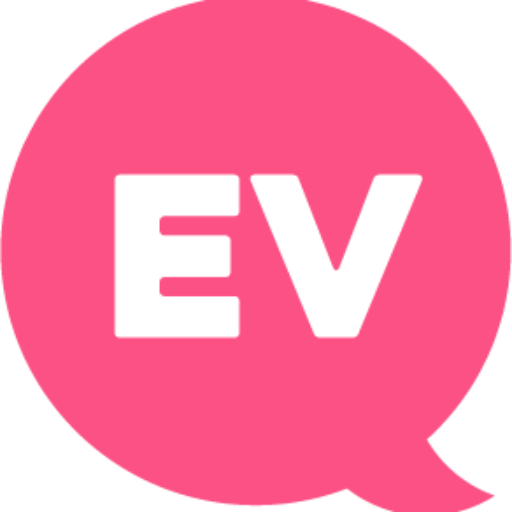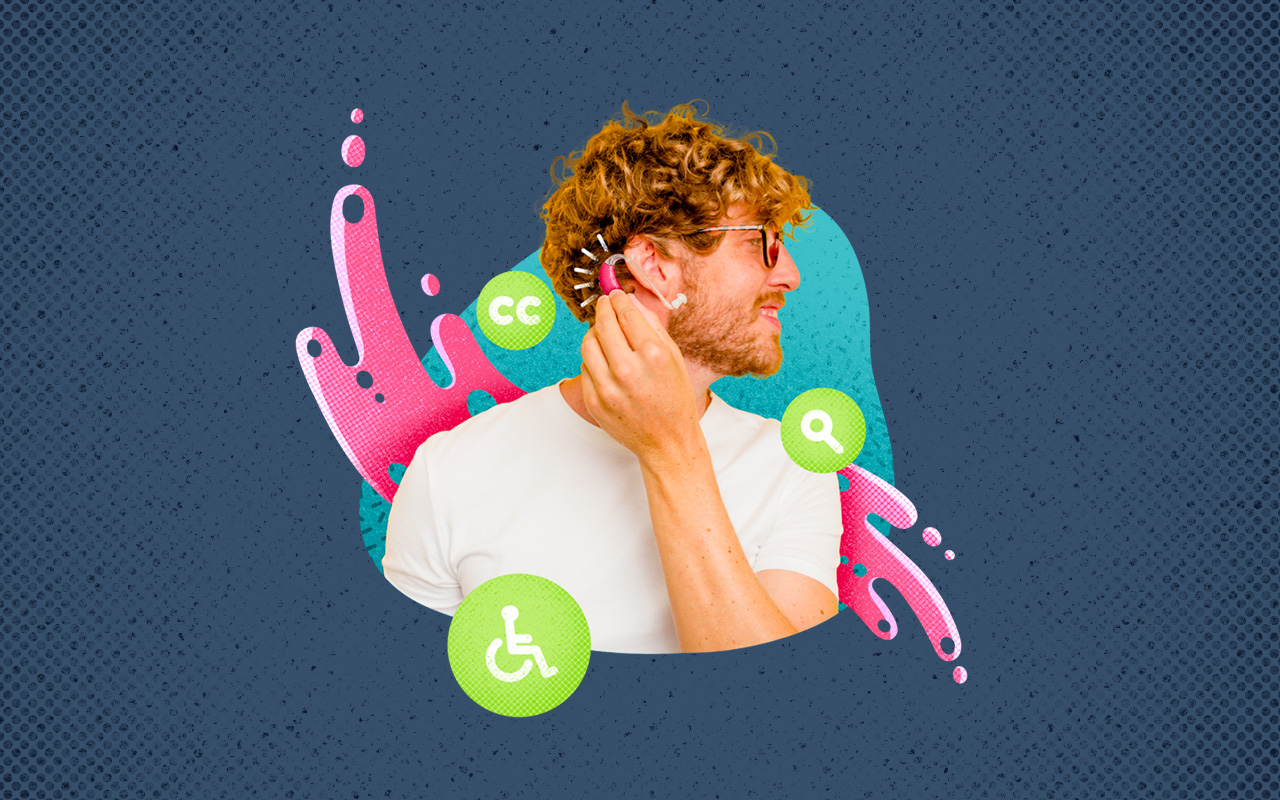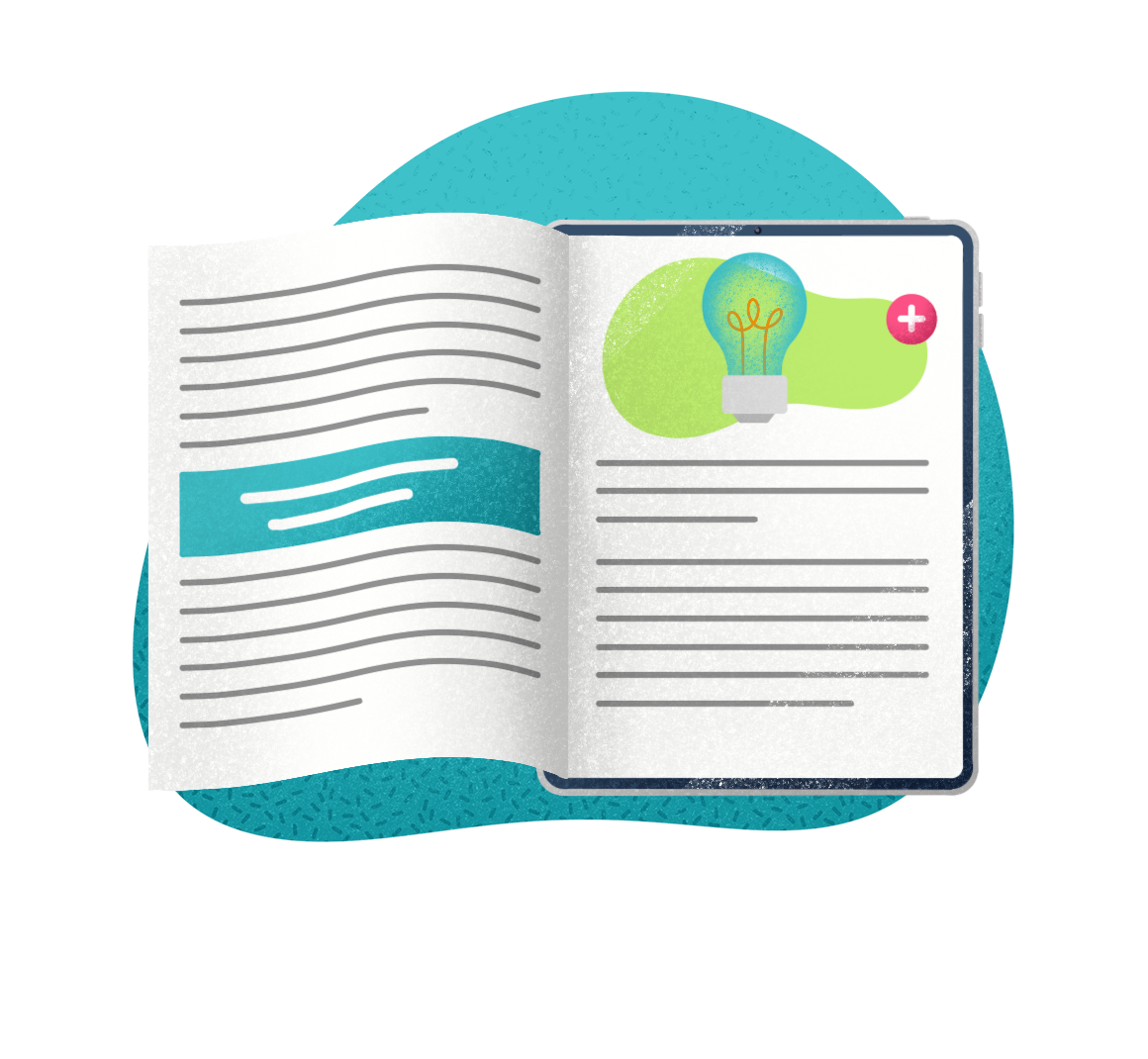The core purpose of technology is to improve people’s lives.
Could be through money, time saved, quality of life—anything.
A technology’s usefulness is directly proportionate to how widely available it is—how many people can understand it and interact with it.
Questions to consider:
Is it…
- Easy to find?
- Easy to understand?
- Easy to use to solve your problem?
- True no matter who you are?
These aren’t small questions. One billion people worldwide—15% of the world population—have some form of disability (per worldbank.org).
To better serve this 15% of the population, technologies need to be accessible to maximize their usefulness. Even better, technologies can make activities and solutions accessible where accessibility would otherwise be impossible.
That said, there are regulations in some locales for accessibility in software applications—we support that. But because we want to empower people with IT, we’ve gone further. We believe the core purpose of technology is to improve people’s lives, and we want to maximize that by maximizing how many people it can enable. This article explores what accessible technology is, the regulations in the USA and Europe, and common ITSM features in software for those with disabilities.
What is accessible technology?
Have you ever tried to use technology and it was unintuitive, felt broken, or was just hard to navigate? That can be true for anyone, let alone people with disabilities. And disabilities fall across a spectrum, but we all have strengths and gaps.
Sometimes technology can have unnecessary barriers that make it difficult (or impossible) to use, and that is especially so for people with disabilities —much like physical barriers of road curbs can prevent someone with limited mobility (like a person with polio, someone with knee problems from sports, or a person in a wheelchair) from accessing the sidewalk.
Accessible and assistive technology help with that. The technology is centered around the use of systems and tools for people with disabilities so they can access information (e.g., a website) just as someone without a disability would. Accessibility in IT Service Management (ITSM) is the practice of creating and implementing IT services that are designed and operated to be accessible to all users, regardless of if they have a disability or not. It’s up to IT teams to consider how to make sure their IT services can be used effectively by individuals with diverse abilities.
Not all accessibility needs that we should address are ITSM specific. There are some commonalities that can be addressed across many websites and applications.
Common website barriers for people with disabilities
- Videos with no captions
- Poor color contrast
- Lack of keyboard navigation
- Inaccessible online forms
Common examples of digital accessibility
- Image alt text – Graphical items (flowcharts, graphics, infographics) have complete text descriptions for screen readers to interpret for visually impaired users
- Keyboard accessibility – Websites can be used via keyboards to change tabs and menus
- Properly formatted hyperlinks – Proper linking and formats promote readability (uses normal language), clarity (identifies the content of the link), and distinctiveness (distinguishes the link from the body copy)
- Reliable navigation – Every webpage provides a consistent layout and similar navigation controls
Accessible ITSM Features:
- User Interface (UI) Layout: Easy to navigate and understand interfaces, with clear labels, logical navigation, and consistent layouts.
- Alternative Input Modes: Alternative input methods (e.g., keyboard shortcuts) to accommodate users who have difficulty using a standard mouse or touch pad.
- Text Alternatives: Non-text content (e.g., images, videos and audio) is accompanied by text alternatives.
- Assistive Technology Compatibility: ITSM tools are compatible with common assistive technologies, such as screen readers (e.g., JAWS), magnifiers (e.g., ZoomText), or speech recognition software.
- Color and Contrast Considerations: Avoiding reliance on color alone to convey information and ensuring there is sufficient color contrast for users with visual impairments.
- Readability: Appropriate font sizes and readable fonts are used. Options to adjust text size and spacing are available.
US and European Digital Accessibility Technology Standards
While there are no regulation standards for technology that every website and online technology system must follow in the United States, there are some mandates in Europe.
USA Standards
In the US, there are suggestions from the US Department of Justice for web accessibility to fit with their interpretation of the nondiscrimination and effective communication provisions. The guidance and technical standards they use are Web Content Accessibility Guidelines (WCAG) and Section 508 Standards—what the federal government uses for its websites. That said, Title III of the ADA prohibits discrimination against people with disabilities by “public accommodations” (businesses open to the public). So, to remain in compliance with the ADA, businesses open to the public must provide full and equal enjoyment to people with disabilities (websites and technology included).
TIP: ALT text is relevant for the accessibility it provides in allowing screen readers to understand the context of images on a page, but it is also used by search engines to understand the content—helping improve the SEO of a page. Keyword-rich ALT text can help images appear in Google Image Search –driving more traffic to a webpage.
European Standards: EN 301 549
All digital technology (e.g., websites, software, mobile apps, etc.) for businesses selling digital products or public organizations in Europe must conform with the specific accessibility standards listed under EN 301 549. The foundation was established in 2018 and is built on the Web Content Accessibility Guidelines (WCAG). All 28 European Union (EU) member states, 3 European Free Trade Association (EFTA) countries (Iceland, Norway, and Switzerland), and 2 EU candidate countries (Turkey and the former Yugoslav Republic of Macedonia) have adopted the mandate. Public companies that fail to comply with EN 301 549 face the potential of legal penalties and fines. As for private-sector companies, they can potentially face limited procurement opportunities.
Principles of Digital Accessibility
The web accessibility standards (which are listed below), referred to by the acronym POUR, are based on WCAG:
- Perceivable – Can the information be viewed in different ways? In other words, can the user adjust the color contrast or font size?
- Operable – Is the web page usable with a keyboard or voice commands if a person can’t use a mouse?
- Understandable – Is the information clear and easy to navigate?
- Robust – Can the content be interpreted by a variety of users and different types of assistive technologies?
How Your Organization Can Promote Digital Accessibility in ITSM
- Review accessibility standards
-
- Section 508 – Section 508 requires access for people with physical, cognitive, and sensory disabilities to ICT developed and used by federal US agencies (e.g., computers, printers, websites, and software).
- WACG 2 – Developed through the W3C process, WCAG is a technical standard to help web content developers (e.g., site designers) and web authoring tool developers understand how to make web content more accessible for people with disabilities.
- ADA – While your business may not fall under federal regulations, you could still benefit from reviewing the ADA’s Title II and Title III legislation to understand how your web content can be more accessible for those with disabilities.
- Section 508 – Section 508 requires access for people with physical, cognitive, and sensory disabilities to ICT developed and used by federal US agencies (e.g., computers, printers, websites, and software).
- Conduct an internal audit
- Before developing anything for external parties, make sure your internal portals and platforms are accessible for those with disabilities. By doing an internal audit, you’ll have a better understanding of where your blind spots are, as well as what the process is like for improving technology to make it more accessible.
- Introduction to Web Accessibility Course – This course, hosted by W3C (company who mandates WCAG), helps users develop foundational knowledge in digital accessibility to make their websites work well for those with disabilities.
- Develop a plan
- Once you understand where your company needs to improve its digital accessibility for internal and external systems, you can then begin planning and budgeting. Who needs to do what? What needs to be done first (read: what’s the most pressing)? How does this overhaul fit with the company’s long-term vision?
Digital accessibility is not just a technical requirement anymore. It’s fundamental. Any business that wants to build a fair, inclusive, and innovative digital presence—especially considering most things are transitioning to the digital landscape—needs to update their platform and tools. If disabled people can’t properly use your solutions, you’re making their lives more difficult, but more importantly, losing customers. Use the ADA, WACG, and all of the other tools available to help make the future of IT solutions more accessible!
Infographic – The status of SMB IT in 2026
Explore how AI, automation & integrated ITSM/ITAM are reshaping IT strategy—at every scale.


